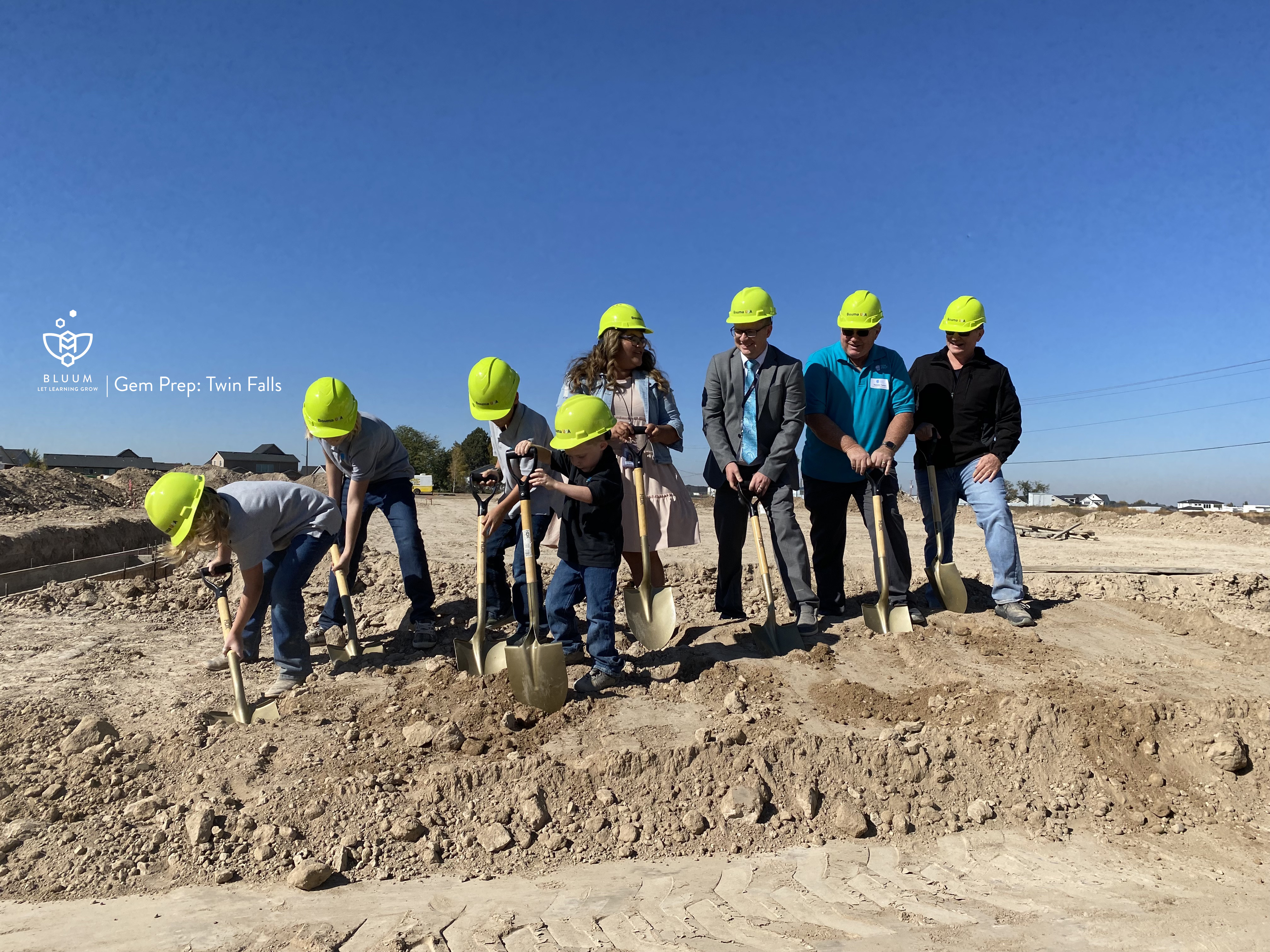
Idaho’s Public Charter Schools at 25: The Best is Yet to Come
by Terry Ryan
Originally Published on the CharterFolk Blog
Going back to its creation story in the last quarter of the 20th century, the public charter school bargain in America called for an exchange of operational freedom for schools in return for accountability tied to results. As far back as the 1970s the University of Massachusetts-Amherst education professor Ray Budde proposed letting teachers create semi-autonomous schools that would combine enhanced teacher freedom and flexibilities with stringent accountability for student results. In his 1988 book, Education Charter: Restructuring School Districts, Budde outlined his plan for what would from then on be known as “charter schools.”
That same year, Albert Shanker, the influential president of the American Federation of Teachers (AFT), embraced the charter school concept at a speech he gave to the National Press Club in Washington, DC. Shanker was the first national figure in American education to propose charter schools. He argued, “the goal of charter schools should not be innovation for its own sake, but innovation for improved student achievement.”
Minnesota was the first state to approve a charter school law. Ember Reichgott Junge, the Democratic state senator who crafted Minnesota’s law argued, “the purpose of the chartering legislation was to give freedom to parents and teachers to create new schools outside the existing system.” Minnesota’s first charter school opened its doors in 1992. Several states quickly followed suit: California, Colorado, Georgia, Massachusetts, Michigan, New Mexico, and Wisconsin had all approved charter school legislation by the end of 1993.
My state, Idaho, would pass its first charter school law in 1997 and the state’s first school opened its doors in 1998. From the start Idaho, like other charter school states, struggled to get the balance right between “freedom and operational flexibility” for “accountability for results.” The early law in the Gem State was a consensus document that tried to balance the charter school idea of operational freedom for accountability, with the many concerns of traditional education groups about giving public charter schools too many competitive advantages.
In the early years of Idaho’s charter school experience growth was slow and tedious. Charter schools had few operational freedoms and received less money than traditional district schools with no financial support for facilities. In 2008 the Center for Education Reform rated Idaho’s law the “14th weakest of the nation’s 41 charter laws.” Under the original law only school districts could authorize charter schools, that is allow them to open and operate. This was problematic because few district officials even knew what a charter school was, let alone had any interest in launching schools with independent boards of trustees who would compete with their schools for students and the state and federal dollars that followed them. In Idaho, no local tax dollars follow students to their local public charter schools.
Operational freedom for Idaho’s public charter schools came through political struggle over multiple legislative sessions. Governor Dirk Kempthorne, who was elected in 1998, followed the lead of other charter school states and in 2004 proposed the creation of a statewide charter school commission with members appointed by the governor and legislative leaders that could authorize charter schools independently of school districts. Kempthorne was pummeled politically for his proposal. “That statewide thing is just rotten,” argued rural Republican Senator Tom Gannon. “It takes out of local hands any control over the creation of a charter school.” Senator Gannon and many of his colleagues feared charter school competition would “destroy the public school system.” Idaho Statesman political columnist Dan Popkey wrote, “Governor Dirk Kempthorne is attempting to grab power from the elected trustees in 114 school districts for himself.” Kempthorne signed the bill into law in April 2004.
Kempthorne showed political courage in creating the Idaho Public Charter School Commission, and this success opened the door for further gains by the state’s charter school sector. In 2022, the Commission authorized 60 public charter schools across the state. But the battle for operational freedoms, both expanding and maintaining them, is by necessity relentless. The Idaho Charter School Network (of which I am board chair), its partner schools, its supporters, and its allies in state government have made steady gains over the last decade. These include legislation that:
- (2012) removed the growth cap of six new public charter schools per year and the cap of one new, public charter school per district per year.
- (2016) made it easier and faster for successful schools to get approval to replicate their models and streamlined the charter application and approval process so that startup charter schools could be opened in a matter of months as opposed to years of delay.
- (2016) allowed public charter schools to sign administrators and teachers to one year contracts.
- (2019) created a charter school administrator certificate as an alternative to traditional administrator certificates.
- (2020) created a weighted student lottery system for schools targeting needier students.
- (2022) allowed public charter schools to hire individuals with a bachelor’s degree and develop and certificate their own teachers without going through the cumbersome and costly traditional teacher certification process.
Idaho has also made improvements to its charter school facility financing landscape in recent years. This is especially impressive in a fiscally conservative state where new dollars for education are hard to earn. Yet, Idaho public charter schools are still some of the lowest funded public schools in the nation. Even with comparatively meagre school funding rations, improvements to state law around operational freedoms have had the effect of accelerating the expansion of the state’s public charter school sector.
Over the last decade Idaho’s overall K-12 enrollment has grown by about 55,000 students, almost 20% of that new enrollment (10,422 students) has been in the state’s public charter schools. Most importantly, this growth has been quality growth. Idaho public charter schools are perennially top performers on the state’s literacy assessments, the state’s achievement tests, and on the SAT. And, despite the fears, charter schools operate in rural Idaho without damaging the traditional public schools. In fact, several rural school districts authorize public charter schools of their own. What’s more, public charter schools and rural school districts have found common ground in seeking more freedoms and flexibilities for their schools and their educators. They also realize that they can do more together in fighting for better facility funding than they can do alone. Idaho’s charter school story may be 25-years-old, but the best is yet to come. This should be a net positive for our state’s families, children, and educators.
___



